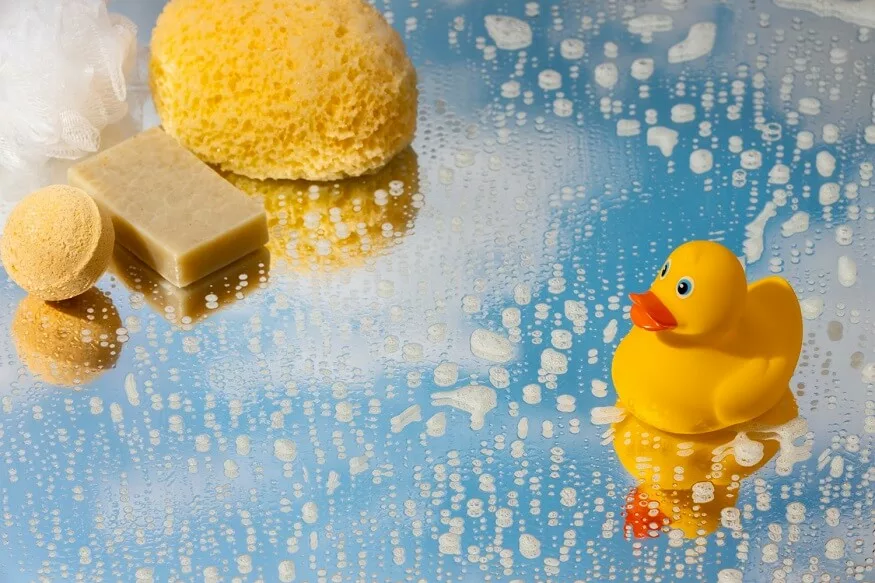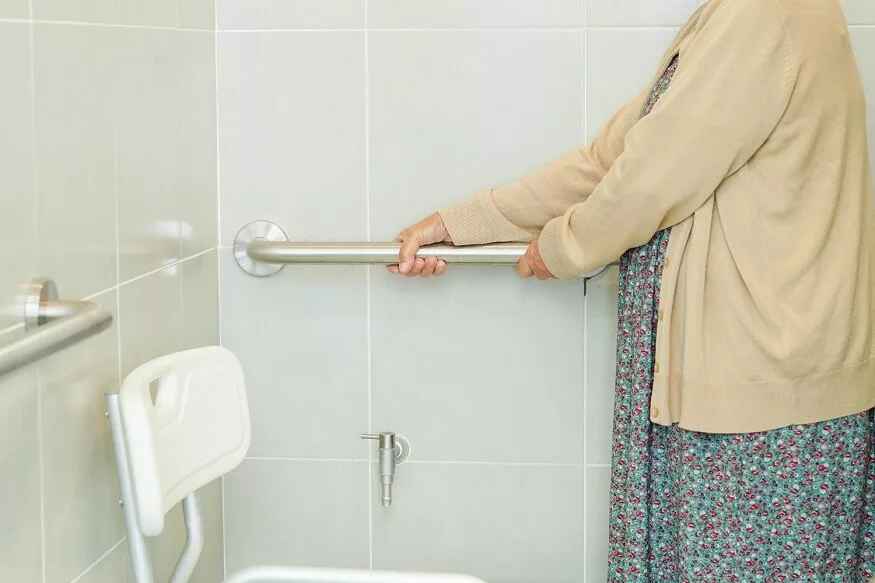As parents, ensuring the well-being of our little ones is our top priority. One often overlooked aspect of child care is the cleanliness of their toys. It’s crucial to understand why cleaning baby toys is essential for your child’s health and explore the best methods, especially when it comes to wooden toys. In this comprehensive guide, we’ll delve into the importance of cleaning baby toys, the best way to clean toys, the nuances of cleaning wooden toys, and effective methods to disinfect toys.
Why Clean Baby Toys?
The innocence of childhood often involves putting everything in their mouths – toys included. This habit poses a significant health risk as toys become breeding grounds for germs, bacteria, and viruses. Regular cleaning of baby toys is vital for several reasons:
- Preventing the Spread of Illness: Children frequently share toys, making them hotspots for the transmission of illnesses. Regular cleaning helps curb the spread of viruses and bacteria, reducing the risk of infections.
- Allergen Control: Dust, pet dander, and other allergens can accumulate on toys over time. Cleaning baby toys helps control allergens, promoting a healthier environment for your child.
- Maintaining Toy Durability: Cleaning not only safeguards your child’s health but also preserves the longevity of the toys. Regular maintenance ensures that toys stay in good condition for longer periods, providing enduring joy for your little one.
- Promoting Hygienic Habits: Teaching your child the importance of cleanliness from a young age fosters hygienic habits that will carry into adulthood. It’s a valuable life lesson that can be instilled through the simple act of cleaning toys regularly.
Also Read: When Do Babies Start Playing With Toys?
Best Way to Clean Toys
Cleaning baby toys should be a routine part of parenting. The following steps outline the best way to clean toys effectively:
- Read the Manufacturer’s Instructions: Always check the manufacturer’s guidelines for cleaning. Different materials may require specific care, and following these instructions ensures you won’t damage the toys in the cleaning process.
- Separate Soft and Hard Toys: Divide toys into two categories – soft and hard. Soft toys like plushies may require a gentler cleaning approach to avoid damaging delicate materials.
- Use Mild Detergent: For hard, non-electronic toys, a mixture of mild detergent and water works wonders. Create a soapy solution and use a soft cloth or sponge to wipe down the surfaces. Ensure you rinse thoroughly to remove any soap residue.
- Sanitise with Vinegar: White vinegar is an excellent natural disinfectant. Mix equal parts water and vinegar and use this solution to clean hard toys. Vinegar is particularly effective against bacteria and viruses while being safe for children.
- Machine Washable Soft Toys: Soft toys that are machine washable can be cleaned in a gentle cycle. Place them in a pillowcase or laundry bag to protect them during the wash. Ensure they are thoroughly dried before returning them to your child.
Also Read: What to Do When Your Child Dumps Toys Everywhere?
How To Clean Wooden Toys
Wooden toys are a timeless favourite, known for their durability and aesthetic appeal. However, cleaning wooden toys requires a bit more care to preserve their natural beauty and integrity. Here’s the best way to clean wooden toys:
- Avoid Submerging in Water: Unlike plastic toys, wooden toys should not be submerged in water for extended periods. Excessive moisture can cause the wood to swell or crack. Instead, use a damp cloth for cleaning.
- Use a Mild Cleaning Solution: Create a mixture of mild soap or detergent with water. Dampen a cloth with this solution and gently wipe the wooden surfaces. Be cautious not to oversaturate the wood.
- Inspect and Sand: Regularly inspect wooden toys for any rough edges or splinters. Sand down any imperfections using fine-grit sandpaper. This not only keeps the toys safe for play but also maintains their smooth texture.
- Apply Beeswax or Olive Oil: To enhance the longevity of wooden toys, apply a thin layer of beeswax or olive oil. This helps to prevent the wood from drying out and maintains its natural lustre. Ensure the toy is dry before applying.
- Dust Regularly: Wooden toys are prone to collecting dust. Regularly dust them with a soft, dry cloth to prevent the accumulation of dirt.
- Spot Cleaning: For minor spills or stains, use a slightly damp cloth to spot clean the affected area. Dry the toy immediately to prevent any water damage.
- Deep Cleaning: Occasionally, wooden toys may require a more thorough cleaning. Use a mild soap and water solution, applying it with a soft cloth. Wipe away any soap residue and dry the toy thoroughly.
- Natural Disinfectants: Incorporate natural disinfectants like white vinegar or tea tree oil into your cleaning routine. Mix these with water for a gentle yet effective cleaning solution.
Also Read: Loose Parts Play for Kids – What You Need to Know
How to Disinfect Toys
While regular cleaning removes visible dirt and grime, disinfecting toys is essential to eliminate harmful bacteria and viruses. Here’s a guide on how to disinfect toys effectively:
Use Disinfectant Wipes
Disinfectant wipes are convenient for quick cleaning. Ensure the wipes are safe for children and follow the manufacturer’s guidelines. Wipe down the surfaces of toys, paying attention to high-touch areas.
White Vinegar Solution
As mentioned earlier, a solution of white vinegar and water serves as a natural disinfectant. Use this mixture to clean and disinfect hard toys, ensuring thorough coverage.
Hydrogen Peroxide Solution
A diluted hydrogen peroxide solution is an effective disinfectant. Mix equal parts water and hydrogen peroxide and use it to wipe down toys. Allow the toys to air dry after disinfecting.
Tea Tree Oil
Tea tree oil has natural antibacterial properties. Mix a few drops with water and use it to clean and disinfect toys. Ensure that the concentration is safe for children.
Also Read: Toy Safety for Kids
Keeping your baby’s toys clean is an integral part of ensuring their overall well-being. Regular cleaning not only prevents the spread of illnesses but also promotes a healthy and hygienic environment for your child. When it comes to wooden toys, the best way to clean them involves a delicate balance of preserving their natural beauty while ensuring effective cleaning.
EuroSchool ensures that its campuses provide diverse play spaces equipped with a variety of toys. Our campus spaces are designed to stimulate different aspects of a child’s development, including physical, social, and cognitive skills. From imaginative play corners to outdoor recreational areas, each space is carefully crafted to encourage creativity and exploration.










